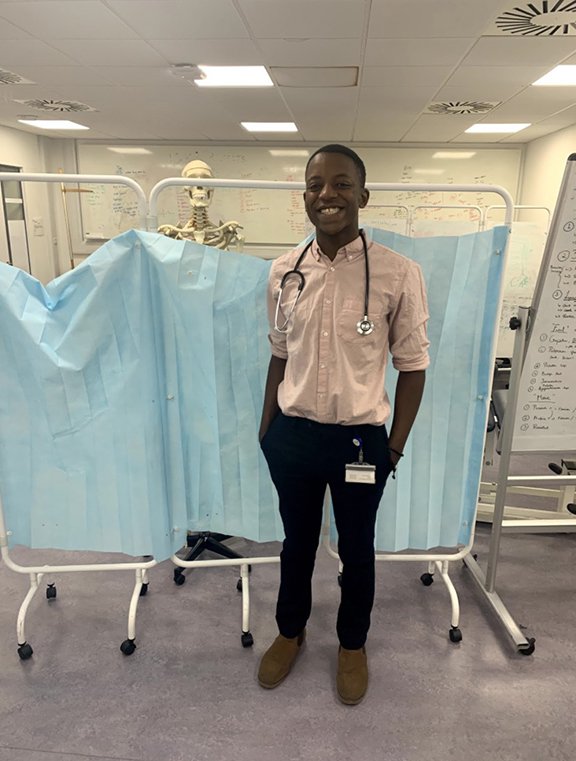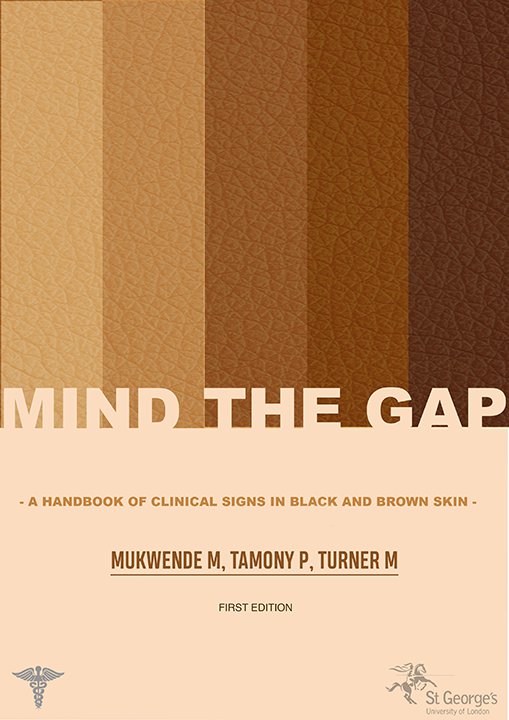Question Your World: What Do Symptoms Look like on Different Skin Tones?
Many institutions around the world are examining their own history and role in systemic racism, including science. Medical scientists often need to reference skin conditions and symptoms on a myriad of skin tones, but does proper documentation across humanity's many skin tones exist? What do symptoms look like on different skin tones?
Malone Mukwende, born in Zimbabwe and currently a medical student in London, noticed a lack of visual examples and in-class lessons on how particular medical symptoms appear on darker skin. Symptoms like blue lips, rashes or bruises can present themselves differently on different types of skin tones, but the history of medical science education has skewed substantially toward preferentially studying and learning about lighter skin. In fact, 75 percent of the images widely used in medical literature and textbooks showcase illnesses on lighter skin tones alone, with less than 5 percent featuring examples on patients with darker skin.

To increase dark skin representation in medical texts, Mukwende and his colleagues have led an effort to compile examples of various medical conditions on varying black and brown skin tones. These conditions included maladies like skin cancer, meningitis and jaundice, among many more. While gathering the images was a challenging process, it just further highlights the lack of available resources pertinent to non-white patients and their doctors.
All these gathered images and descriptions have been put together in a book for doctors and patients that have previously had no examples to refer to in the past. This book is not only an example of the massive amount of work left to be done in health care, but also is helping scientists understand the role that systemic racism has played in shaping the world of medical science.

The book is titled “Mind The Gap: A Handbook of Clinical Signs in Black and Brown Skin.” It will also be accompanied by a living document web feature where patients, medical students and clinicians can upload their own images and descriptions. The authors are currently working out how this handbook will be distributed, but maintain that it will be open access and not sold for profit.
This important project sure does put a whole new spin on having skin in the game!
The Museum is hard at work helping you to discover your world despite dramatically reduced financial resources. If you'd like to help us continue this work, click here to learn how.


